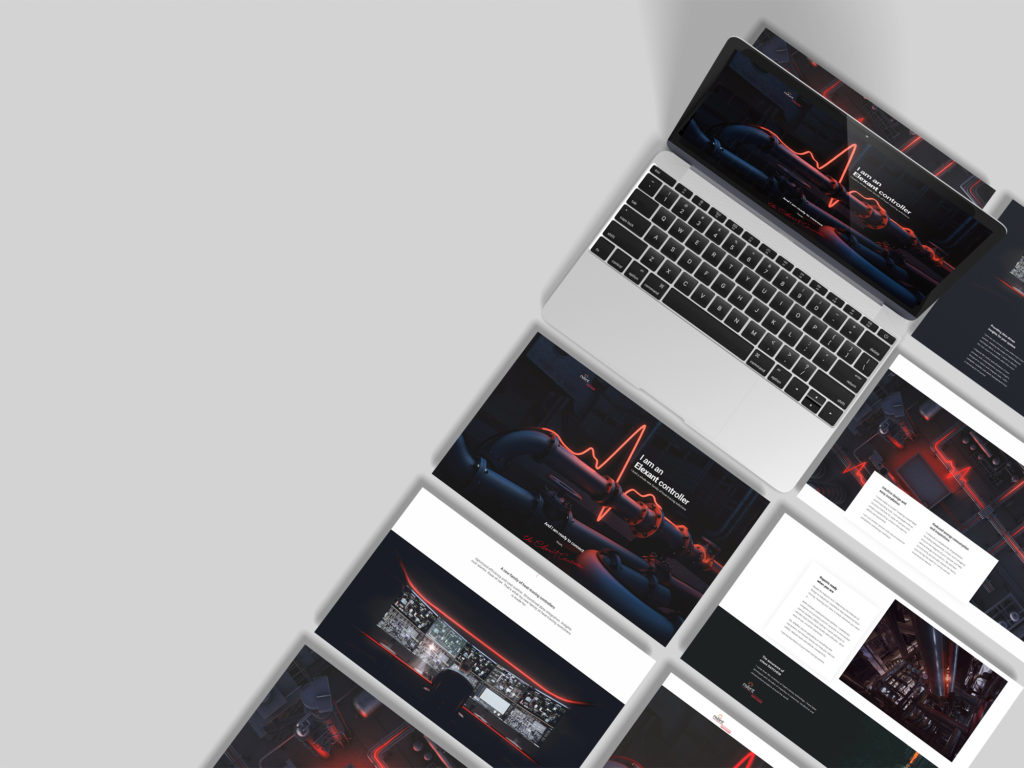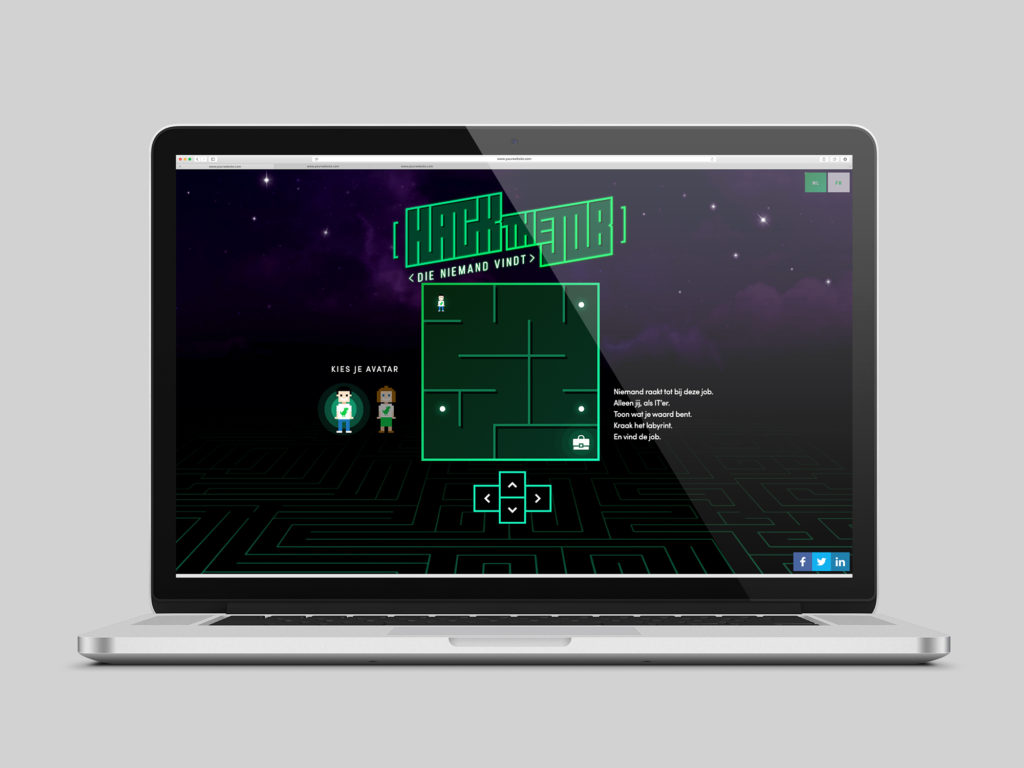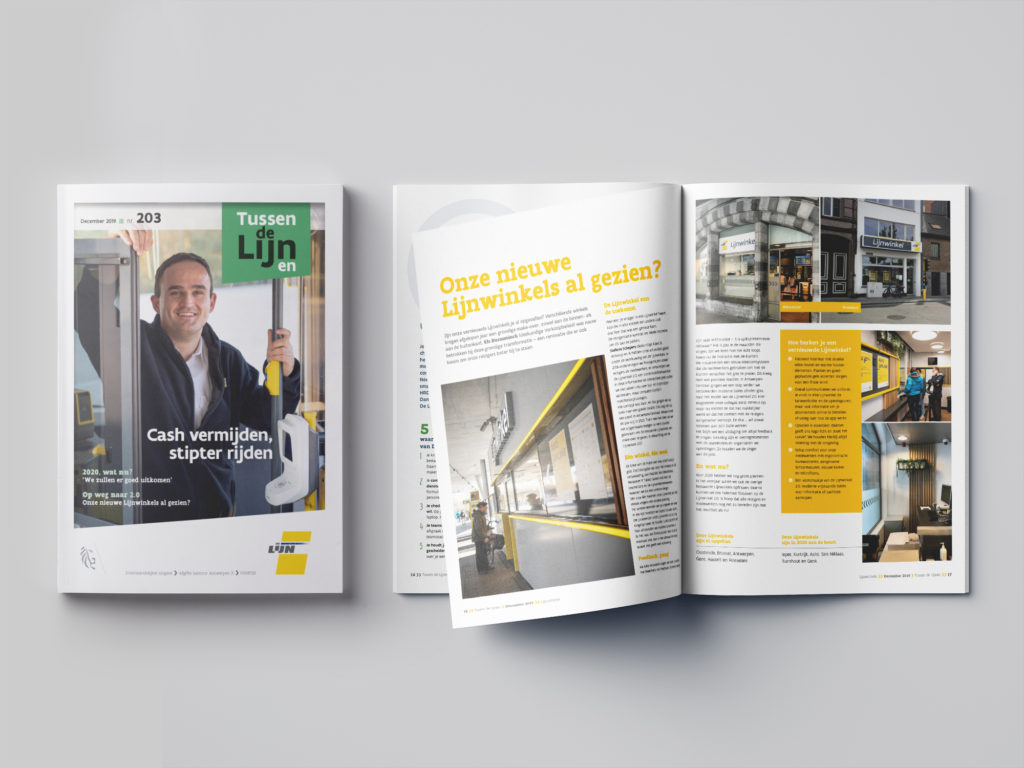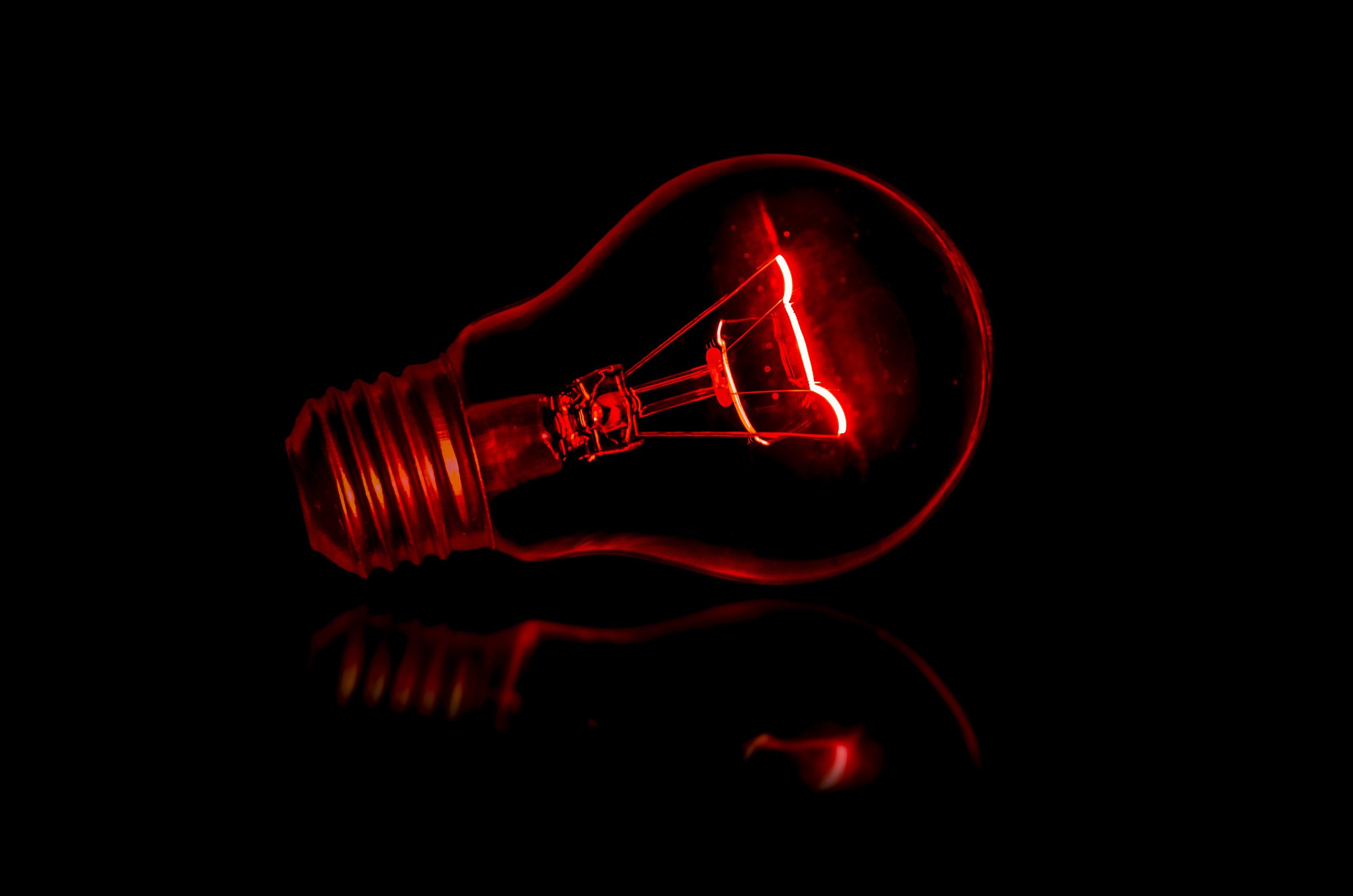Whether you’re filthy rich or dead poor, building rockets or replenishing stock – great design leaves no-one untouched. That’s exactly the reason why B2B marketers should take a good hard look at their visuals.
#1 Good design is good business
Good design drives business because it gives your brand appeal. Whether you’re boasting a funky set of visuals, a unique corporate identity or a beautiful magazine – design gives you the façade you need to grab the attention and win trust.
Try to remember that one gadget you didn’t really need but ended up buying anyway. How did its product or packaging design influence your decision? Or did you think that Apple’s success is solely the merit of its engineering team? Of course, B2B purchases are by no means as impulsive. But that shouldn’t change anything to the appeal of design. In fact, it just conveys the need to communicate consistently throughout the (longer) buyer journey.
One all-important rule is that your design aptly reflects your offering. In other word: to deliver on what you promise. A great product or service can’t do without a good design, but a good design also deserves a good product.
Still not sure about the connection between design and business? Try and look up a poorly designed website (preferably a competitor’s), and check whether it gives you the confidence to buy.



#2 Design needs to astonish
Take a moment to scroll through your social media feed. Facebook, Instagram, anything. Where do you stop scrolling?
We people are triggered by things that stand out. Call it contrast, or visual cues that jump out just because they’re different from all the clutter that surrounds them. It might just be the reason you and I are sitting here: the fact that our common ancestor noticed the orange sabre tooth tiger lurking in the green undergrowth.
That’s why your design needs to stand out – yes, astonish. Not by following the trends – of course – but by staying ahead of them. In a market where everybody’s going with green, you’re the orange sabre tooth tiger that jumps out. You bet you’ll stick in the minds of your audience.
Brand strategists call it distinctiveness: you don’t need to be different in your positioning, you need to be distinctive in your presentation. Try to be aware of your competitors. What’s their color palette? What’s their imagery? Follow it up with a bit of daring and creativity and choose for something different.
#3 Design is content
Design and content are like chicken and fries (provided you like the combination of chicken and fries).
Every message can be strengthened by the way you deliver it. Personally, I’ve seen too many magazines literally brimming with fantastic stories, but that were so utterly indistinct in their presentation that nobody ever bothered to read them. Honor your content with a good design. Invest in photography. Think about layout and the quotes you highlight.
After all, the right quote and a picture of its source can make the difference between an article read or unread.
It also pays to look at your stories through a design lens. Try to aim for a mix between content heavy and light topics, both in word and visuals. That’s how you increase the chances of recapturing the attention of your audience, so you can continue to guide them through their buyer journey.
And finally: never rely exclusively on a nice design to sell your content. It’s only great design ánd great content that make up the satisfying chicken and fry dish.
#4 A good magazine will stay in your hands for 28 minutes
Call me biased, and yet: in this overly digitized world, print is definitely not dead. A brand or content magazine can be an all-powerful communication tool.
But don’t take my word for it, just look at the numbers: a survey of 33 different magazines and 35,000 readers has shown that a magazine gets a reading time of 28 minutes on average. In one third even more than an hour. People also tend to hold on to magazines, or give them to someone else when they’re done with them.
Just imagine how much you’d be prepared to give just to have 30 or 60 minutes with an important prospect. Only move on to another important prospect right after.
Make no mistake, you’ll have to earn every minute of that 28 minutes reading time. That means: knowing what matters to your audience, telling stories that mean something, in a beautiful ensemble.



#5 Design is pride
The past few paragraphs have all been about your customers and prospects. That still leaves one crucial stakeholder: you and your colleagues.
You especially reap the rewards of good design. Anything that emanates from your well-designed communication tools, reflects back on you. It’s virtually impossible to capture it in numbers, but you can definitely imagine the effect of an eye-watering corporate website or brochure on the inside of your organization.
Imagine that sweet sense of satisfaction when you share your website or business card with a friend, foe or prospect. Try to feel that surge of sheer supremacy when you compare your stylish image with a competitors’.
We B2B professionals are humans too – we also get to be proud.





